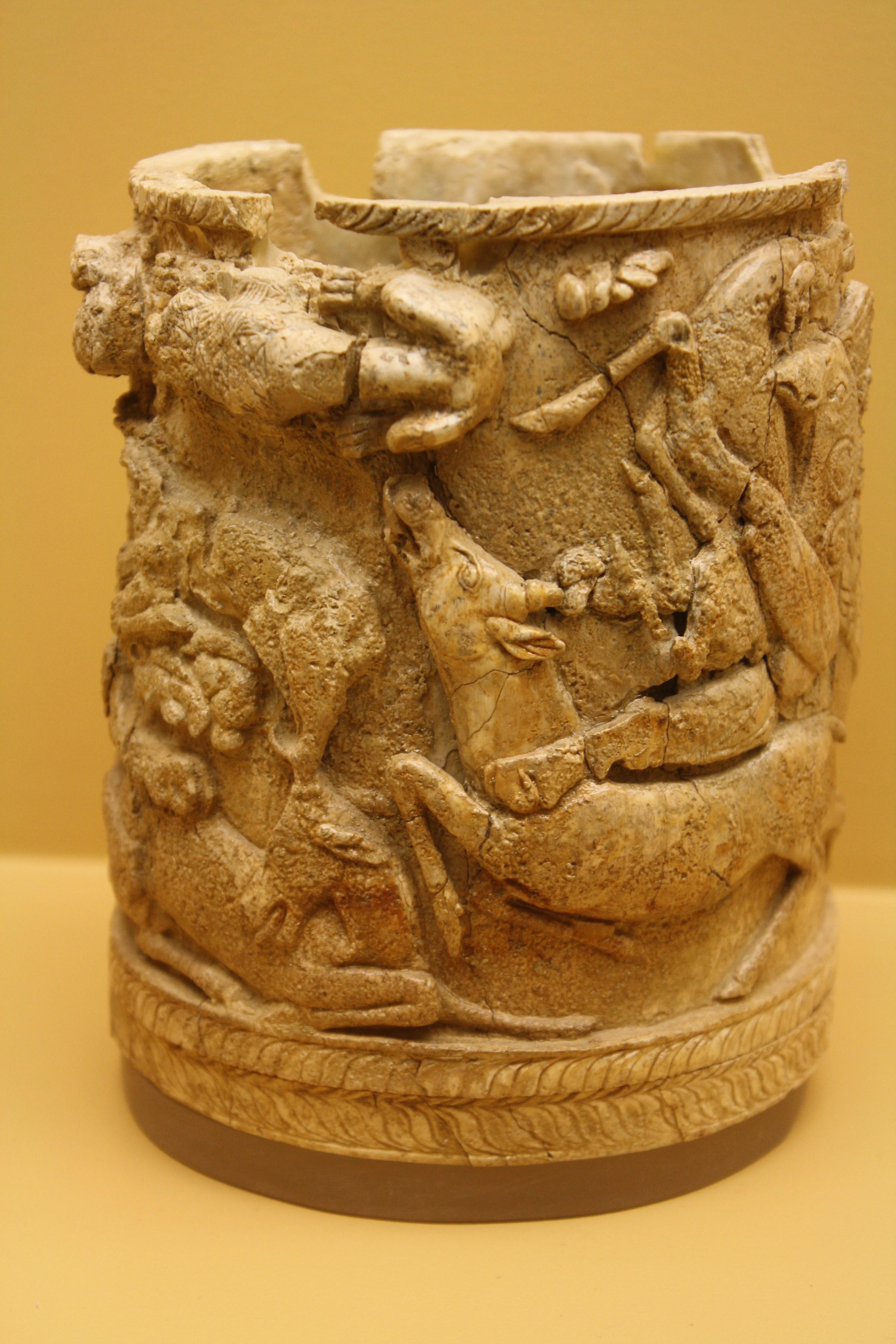Ivory in the Ancient World
Ivory, with its ease of carving and exotic rarity, has been used to make art objects for millennia. True ivory actually refers to only the dentine of elephant tusks but it may also refer to the tusks and teeth of walrus, hippopotamus, narwhal and sperm whales, amongst others. The ancient world acquired its ivory either directly or through trade with Africa and India via the Levant, as attested by the Bronze Age Ulu Burun shipwreck which had ivory as part of its cargo. In the modern day ivory is, of course, a strictly controlled commodity and its trade and use are illegal if taken from endangered species. In the ancient world, though, ivory could be carved alone or added to metals or wood and used as inlay. The Egyptians buried ivory objects with the dead, the Greeks used it for giant statues such as the Parthenon Athena, and the Romans even burnt it at funerals. Below are just some of the objects made from this precious and fragile material which have survived the centuries.


